Chronicle of the debate "Inclusive and accessible architecture in cooperative housing", which took place on November 29, 2023 in Barcelona.
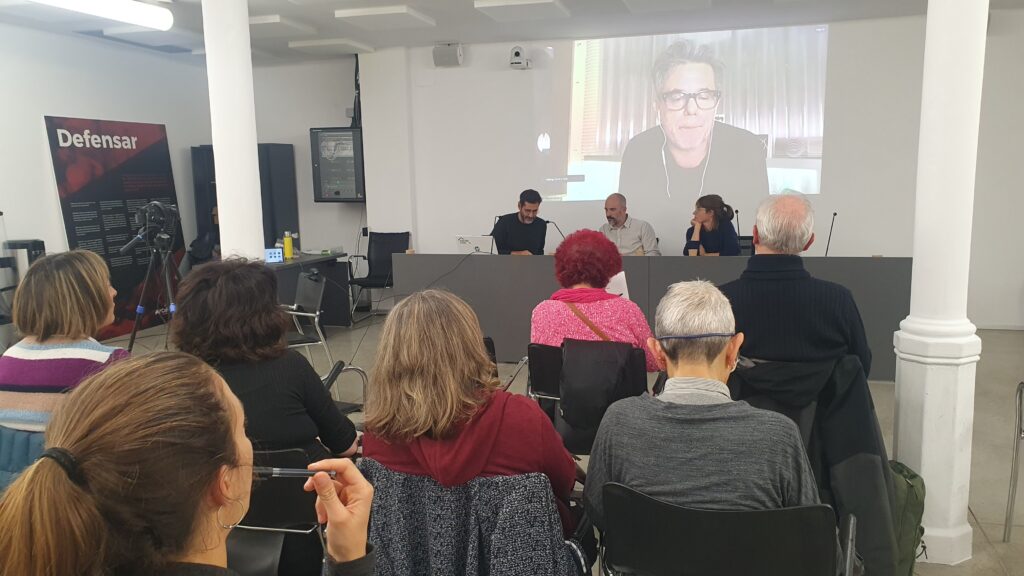
How can we make an inclusive architecture where all social diversity is integrated, but especially people with disabilities? Functional diversity affects and challenges us all equally, not only at a collective level as a society, but even considering that when we suffer an accident, an illness, in our childhood or old age, we all go through this dependency. Inclusive architecture and universal accessibility have been at the center of the architectural debate in recent years, and it seems essential to us to approach this discussion from the point of view of cooperative housing, when we talk about new ways of living, creating community and building projects where people are at the center.
This is a very relevant topic in our cooperative, since we are currently developing one in Barcelona housing development that will include an inclusive community with people with intellectual disabilities and that we promote together with the TEB Cooperative Group. Therefore, this debate complements and generates synergies with the Sant Andreu cooperative housing project to reflect and establish a conception of inclusive architecture as the entity's axis of action.
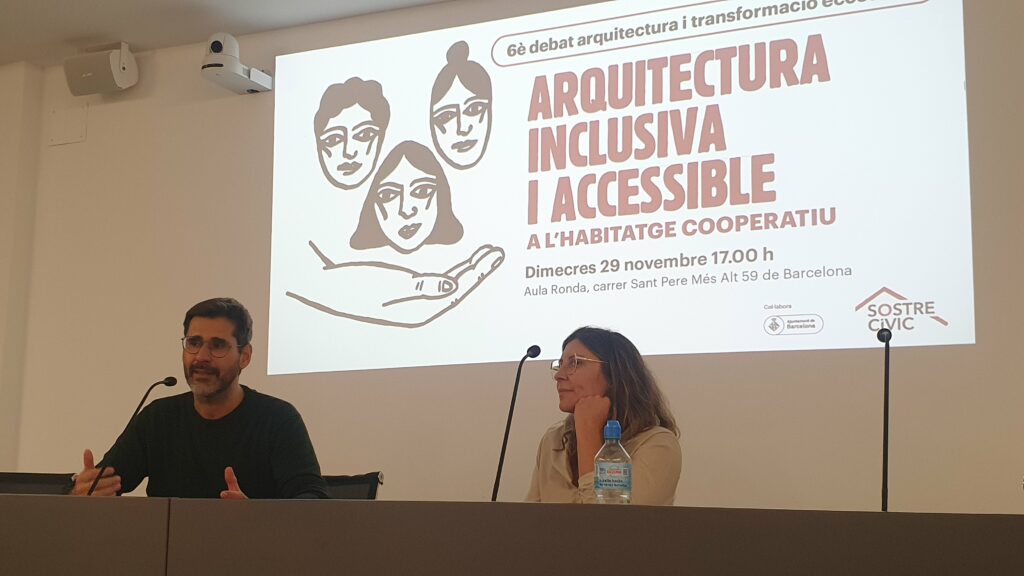
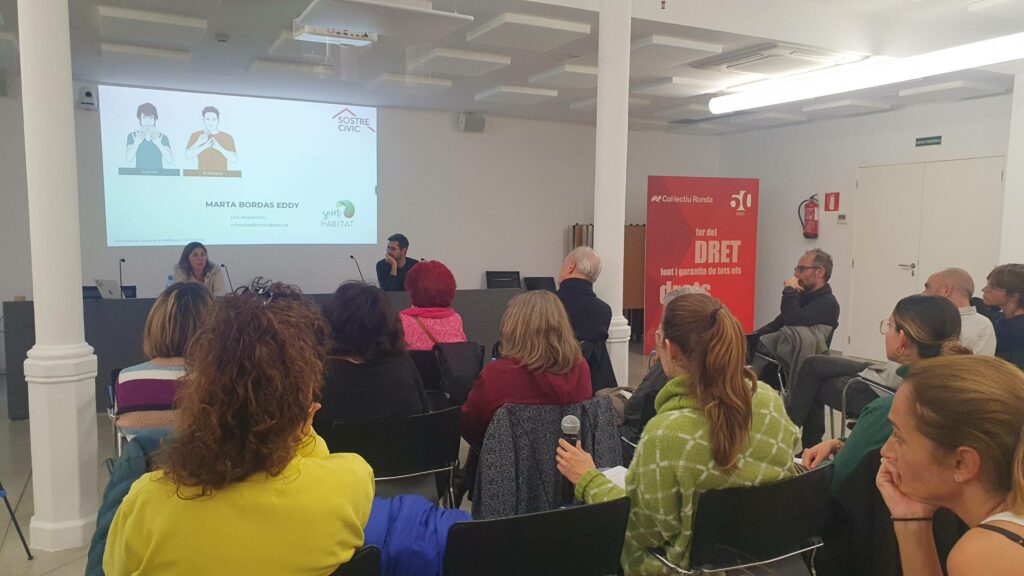
The event took place inAula Ronda, given by Col·lectiu Ronda, with nearly 30 attendees. On this occasion, we had the participation of the architects Pau Vidal and Yaiza Terré; Marta Bordas (Som Hàbitat), architect doctor specializing in universal accessibility; and Carlos A. Wandosell, of AWA Estudio.
An accessible architecture to improve everyone's life
During her speech, Marta Bordas emphasized the need to create environments that are accessible to all people, regardless of their individual characteristics, and emphasized that this approach not only benefits people with disabilities, but improves the quality of life for everyone.
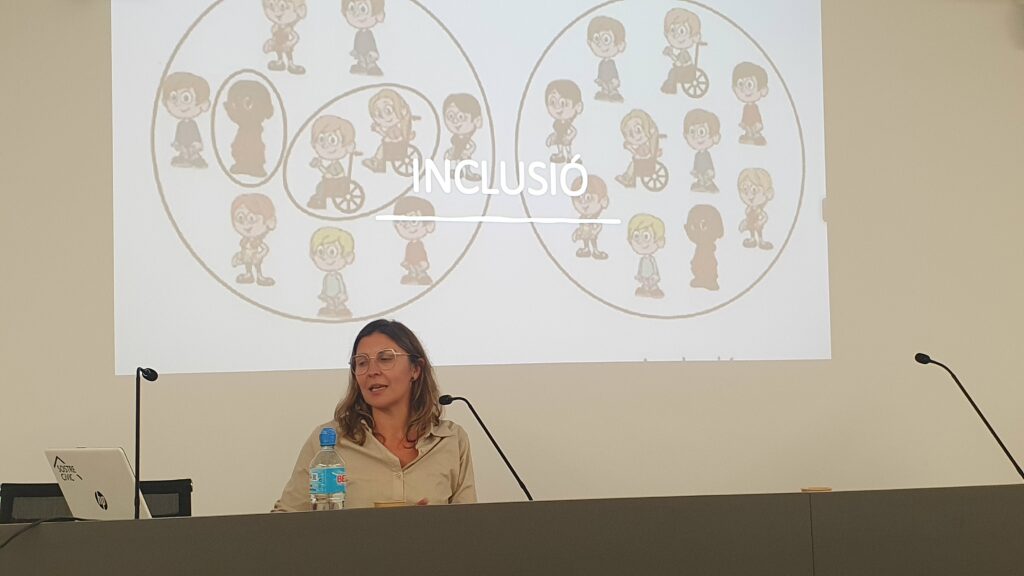
"The goal is to come up with designs that take everyone into account, that include us all. That no one has to adapt or that specific integration elements have to be made”
Marta Bordas
One of the examples he provided was the importance of considering the wheelchair dimensions in the design of spaces, such as doors, corridors and toilets, to ensure accessibility for people with reduced mobility. He also referred to the importance of considering the needs of visually impaired people in the design of the spaces, such as the use of tactile signage and other elements that facilitate orientation and mobility.
Some architectural projects with an inclusive view
In Pau Vidal I la Yaiza Terre are the team of architects who are designing the project of Sant Andreu of our cooperative. It will be the largest cooperative housing building ever built in Catalonia and Spain, and the first to include an inclusive community for people with intellectual disabilities, accompanied by cooperative group TEB.
The architects, during their intervention, explained to us the main characteristics of the architectural design of the Sant Andreu project building, and how the process has been in the participatory field. The project is designed to be sustainable and energy efficient, and includes common and private spaces that are adapted to the diverse needs that all people can have.
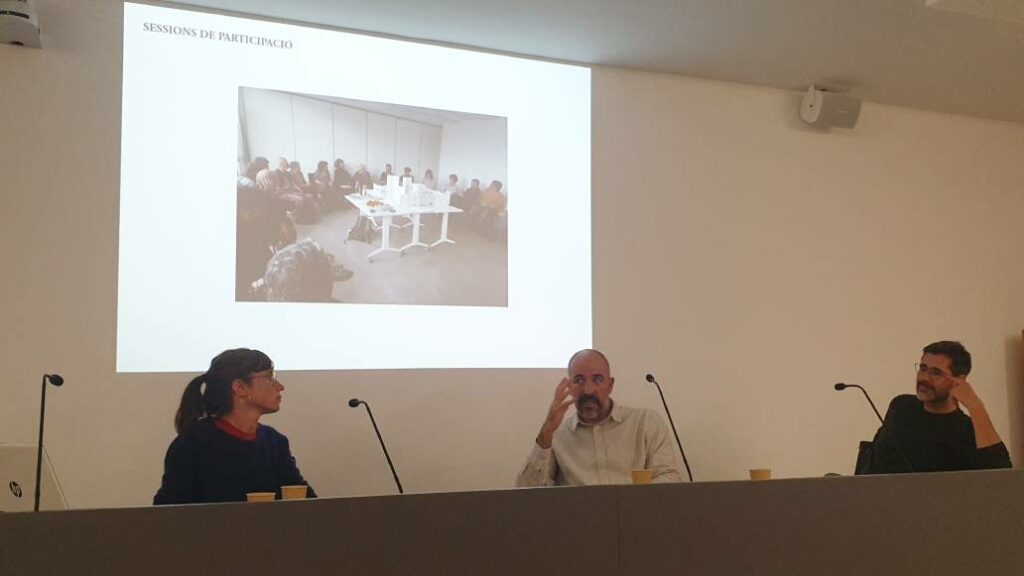
"It will be an intuitively comprehensible building, easy to understand. All levels of the building are the same and the common space is always located at the same point.”
Pau Casals
The debate concluded with the intervention of Carlos A. Wandosell, of AWA Estudio, who presented us with his architectural project of a center for people with severe disabilities in Palma de Mallorca, with four different uses within the same building: residences, rehabilitation center, assessment center and base center.
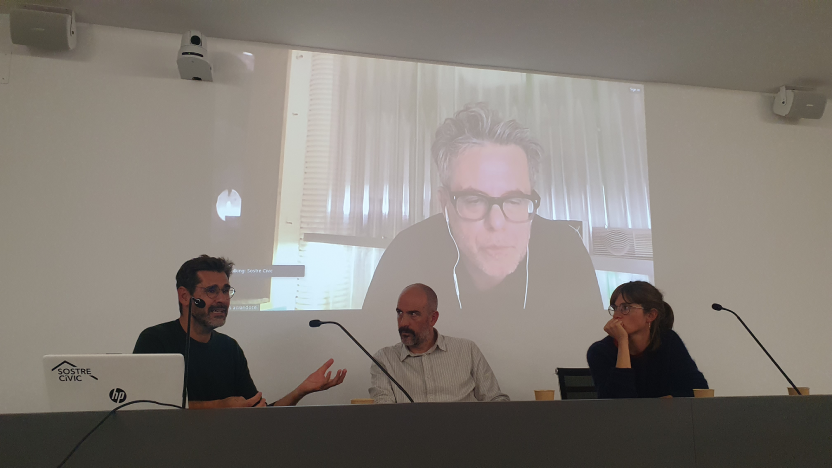
In case you couldn't join us, or if you want to revisit some of the moments of the event, below you have the full video of the debate (I.e.
And if you are interested in this debate, we recommend you also review the previous editions:
- 2022: Gender perspective in residential architecture
- 2021: Care and residential architecture
- 2020: Community participation and co-design in residential architecture
- 2019: Cooperative housing: sustainability vs. affordability
- 2018: Architecture as a tool for social transformation
This activity is carried out with the support of Barcelona City Council, and is part of the "Architecture as a tool for social transformation" project.
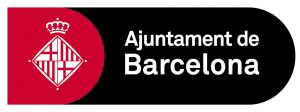
 Twitter
Twitter Facebook
Facebook Youtube
Youtube Instagram
Instagram
